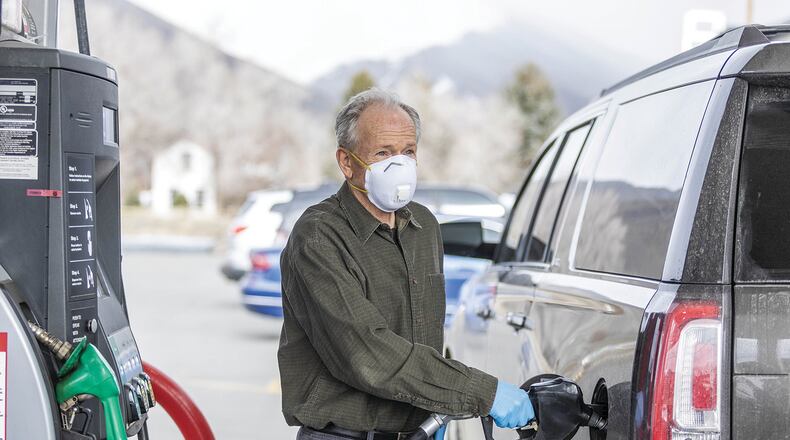In addition, restaurants and popular tourist destinations were closed for a period of time, giving people few reasons to drive. As a result, drivers ended up spending less time on the road and less money at the gas station.
But what about the gas they did purchase? Can gas go bad? Yes, it can, according to Consumer Reports, which notes that the lighter, more volatile components of gasoline evaporate over time.
Old gas can compromise engine performance, potentially causing a car to hesitate or stall. Gas that has gone bad can begin to smell like varnish and will darken over time, though discoloration often occurs only in the most extreme situations.
To determine if gas smells differently, drivers should avoid putting their nose into their vehicle’s gas tanks. Instead, remove the gas cap and stand next to the car where you would normally put the gas pump. If you detect an aroma of varnish coming from the car, then the gas has likely gone bad.
An easier way to determine if gas has gone bad is to consider how long it’s been since you refilled the tank. Gas can begin to go bad in as little as three months, so drivers who haven’t driven much over that period may have bad gas in their tanks.
One way drivers can combat bad gas, even if they aren’t driving much, is to add fuel stabilizer when filling up the tank. Fuel stabilizer keeps gas from degrading, but it’s only effective if it is mixed with good gasoline, hence the reason to add it when filling up and not when you detect the gas already in the car has gone bad.
About the Author
